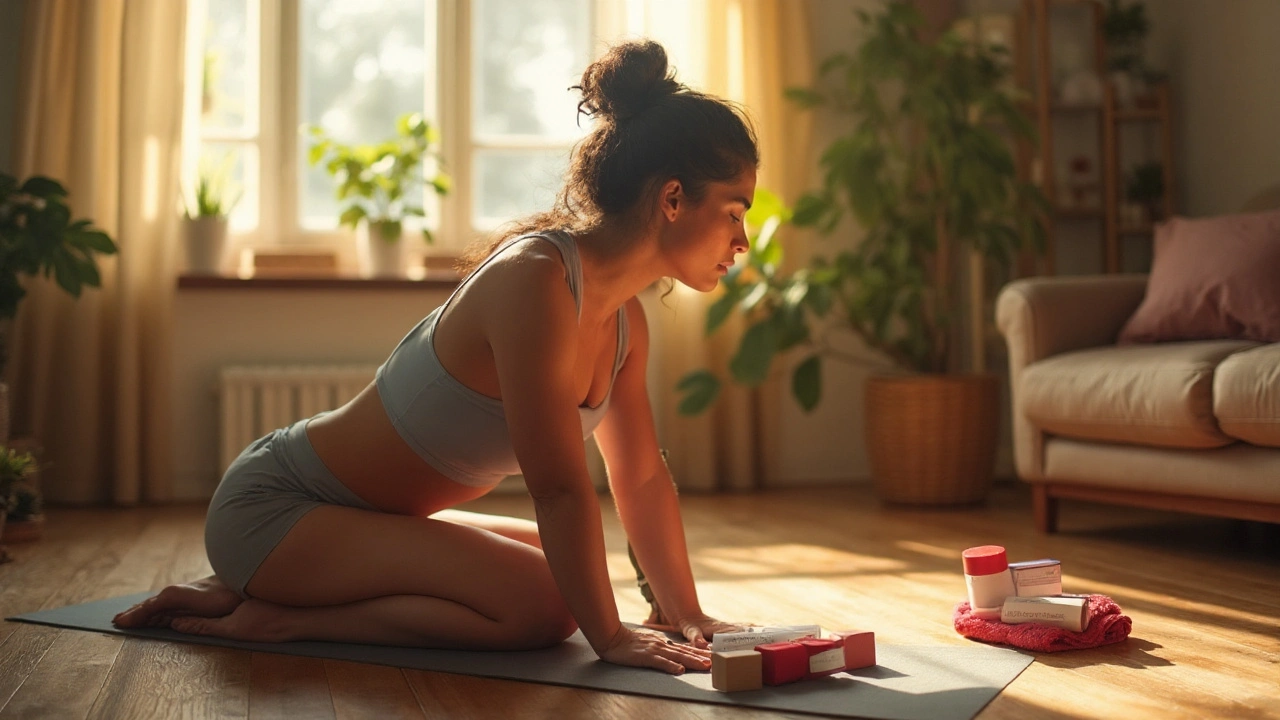Keloid Prevention: What Works and Why
First off, keloids are overgrown scars that keep growing beyond the original wound. If you’ve had one before, you know they can be itchy, painful, and hard to hide. The good news is you can lower the odds of getting them with a few everyday habits.
Take Care of the Wound Right Away
Clean the cut gently with mild soap and water. Skip harsh scrubs – they just irritate the tissue. After cleaning, keep the area moist with a thin layer of antibiotic ointment or a prescription silicone gel. Moisture stops the skin from drying out, which reduces the pull that makes scar tissue thicken.
Cover the wound with a non‑stick bandage for the first 24‑48 hours. Change it daily, and look for any signs of infection – redness, warmth, or pus. If those appear, call your doctor fast. Infections raise inflammation, and inflammation is a major driver of keloid formation.
Use Pressure, Silicone, and Sun Protection
When the wound heals enough to close, start using silicone sheets or silicone gel. Put the sheet on clean, dry skin and wear it for at least 12 hours a day for several months. The silicone creates a pressure that flattens the scar and keeps collagen in check.
If you’re prone to keloids on the chest, shoulders, or earlobes, consider custom pressure garments. They’re especially helpful after surgeries or piercings. The constant gentle pressure tells the skin to stop over‑producing scar tissue.
Don’t forget sunscreen. UV rays darken scars and make them more noticeable. Choose an SPF 30 or higher, and reapply every two hours if you’re outdoors. Even on cloudy days, UV can still trigger inflammation.
Other tricks include massage. Once the wound is fully closed, massage the scar in circular motions for a few minutes a day. This breaks up tight collagen bundles and improves blood flow.
Finally, stay away from smoking and excessive alcohol. Both narrow blood vessels and impair healing, which can set the stage for keloids.
By combining clean wound care, silicone therapy, pressure, sun protection, and healthy habits, you give your skin the best chance to heal flat and smooth. If you notice a scar turning raised despite these steps, see a dermatologist early – treatments like steroid injections work best when started quickly.

How to Use Yoga and Stretching for Scar Healing: Safe Timeline, Poses, and Routines
Use yoga and stretching to soften scars, improve mobility, and reduce pain-safely. Get a clear start timeline, weekly plan, poses, scar massage, and red flags.
Sep 2 2025




